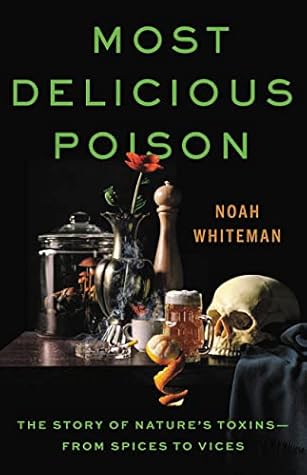In 2004, scientists reported a new opium poppy mutant produced through plant breeding methods. Called top1, short for thebaine oripavine poppy 1, the genetically engineered plant accumulates thebaine and the morphine precursor oripavine but not morphine itself. Since morphine is not required to produce hydrocodone and oxycodone—only thebaine is needed—top1 poppies represented an opportunity for pharmaceutical companies. That’s because separating thebaine from morphine in opium poppies is difficult, and with top1 poppies, pharmaceutical companies didn’t need to do this separation step. As a
...more
Welcome back. Just a moment while we sign you in to your Goodreads account.


